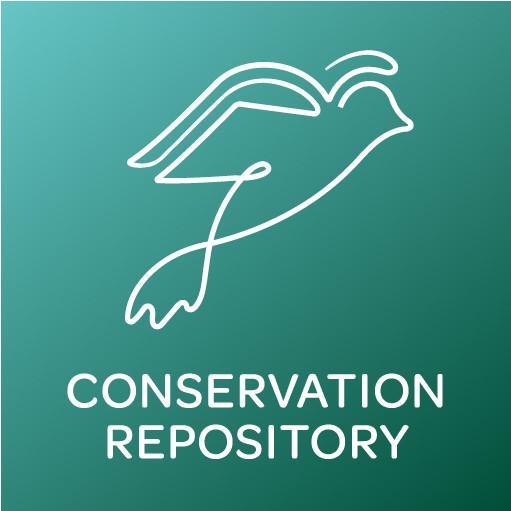
Peer-Reviewed Publications
Document Type
Book Chapter
Publication Date
2023
Abstract
Even regions of the planet widely considered to be “remote” or “pristine” like Patagonia are actually dynamic social-ecological systems with interrelated local-international connections of discourses, practices, and institutions. Yet, their study and management often do not consider this complexity. In Argentine Patagonia’s iconic landscapes, protected areas (PAs) represent a major humannature relationship, and PA creation has been motivated by objectives ranging from geopolitical interests to biodiversity conservation. In this chapter, we employed the social imaginary framework to conduct an historical analysis of local, national, and international infuences regarding the way nature and tourism are conceived and managed in national PAs. We evaluated the discourses (ideals, values, beliefs) and institutions (norms, rules, structures, stakeholders) involved in creating these PAs in Argentine Patagonia. The national PA system was legally formed in the 1930s, but initial efforts reach back as far as the early 1900s. We found that while the globalization of Patagonian conservation-based development has consolidated since the 1980s, local-international relationships extended over more than a century to coproduce these social-ecological systems.
Journal Title
Tourism and Conservation-based Development in the Periphery
Journal Article URL
https://link.springer.com/chapter/10.1007/978-3-031-38048-8_4
First Page
71
Recommended Citation
Anderson, C.B., Dicenta, M., Archibald, J.L., Valenzuela, A.E.J. (2023). How Changing Imaginaries of Nature and Tourism Have Shaped National Protected Area Creation in Argentine Patagonia. In: Gale-Detrich, T., Ednie, A., Bosak, K. (eds) Tourism and Conservation-based Development in the Periphery. Natural and Social Sciences of Patagonia. Springer, Cham. https://doi.org/10.1007/978-3-031-38048-8_4


